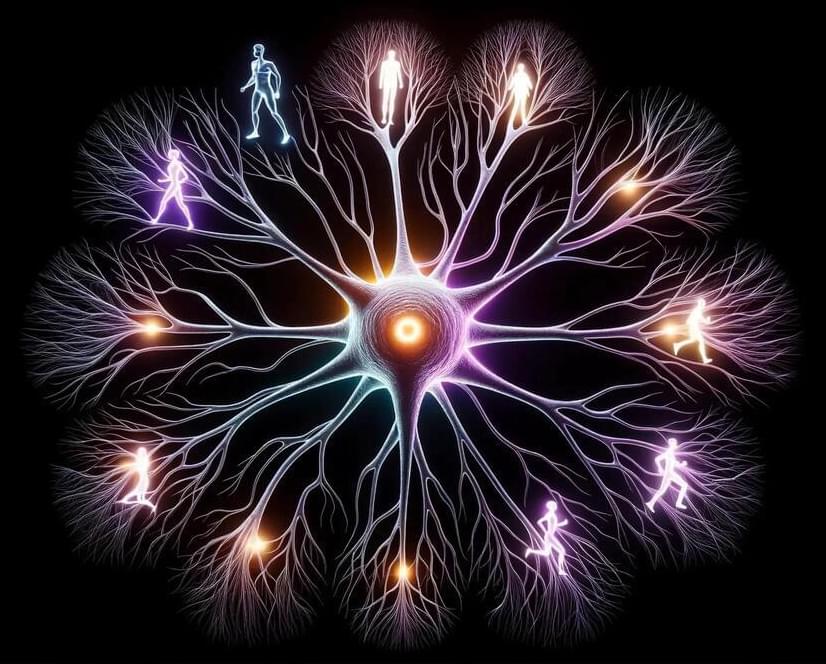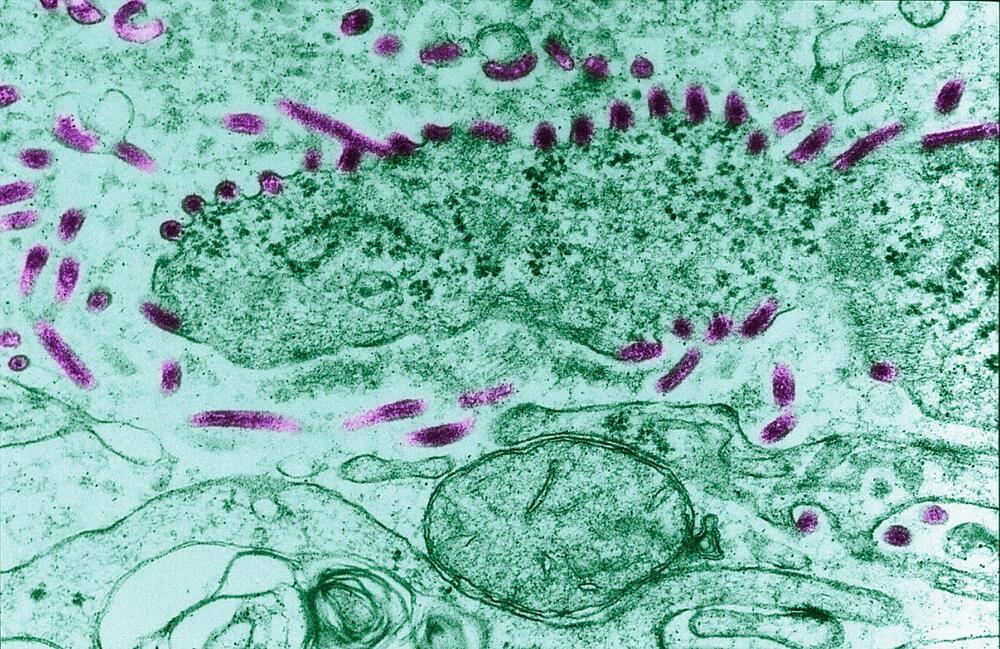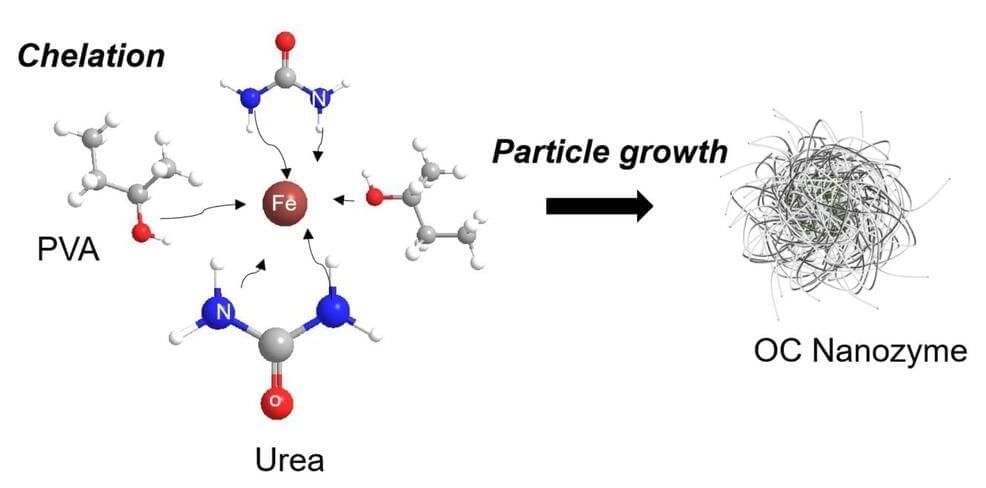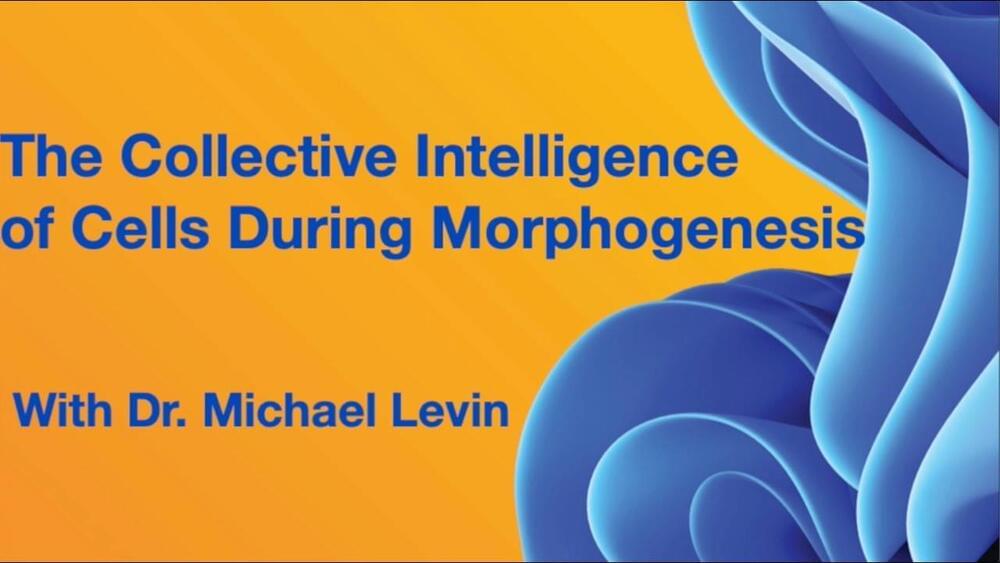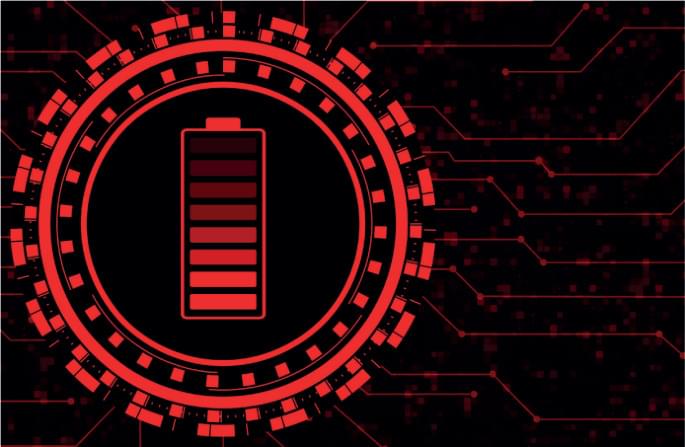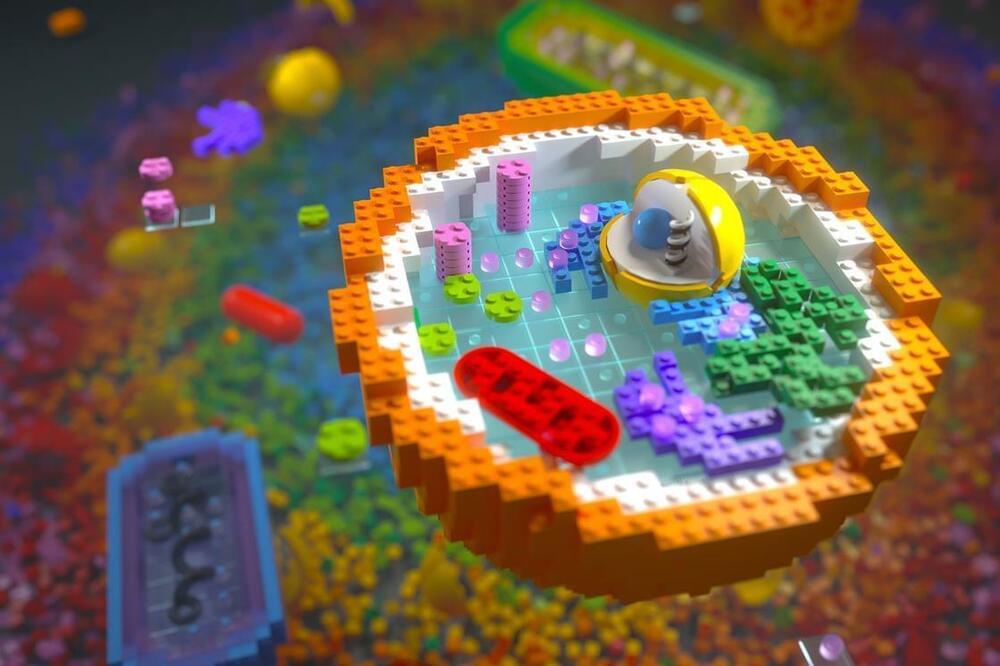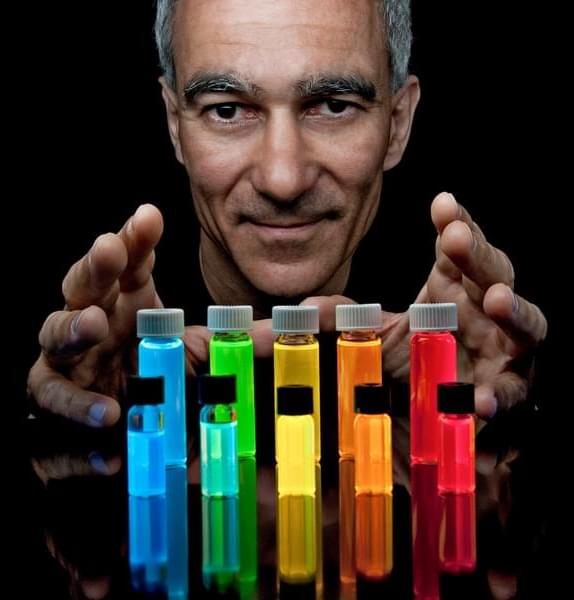Oct 20, 2023
Decoding Complexity: MIT’s Insight Into Individual Neurons and Behavior
Posted by Paul Battista in categories: chemistry, education, engineering, neuroscience
Study finds that in worms, the HSN neuron uses multiple chemicals and connections to orchestrate egg-laying and locomotion over the course of several minutes.
A new MIT
MIT is an acronym for the Massachusetts Institute of Technology. It is a prestigious private research university in Cambridge, Massachusetts that was founded in 1861. It is organized into five Schools: architecture and planning; engineering; humanities, arts, and social sciences; management; and science. MIT’s impact includes many scientific breakthroughs and technological advances. Their stated goal is to make a better world through education, research, and innovation.
